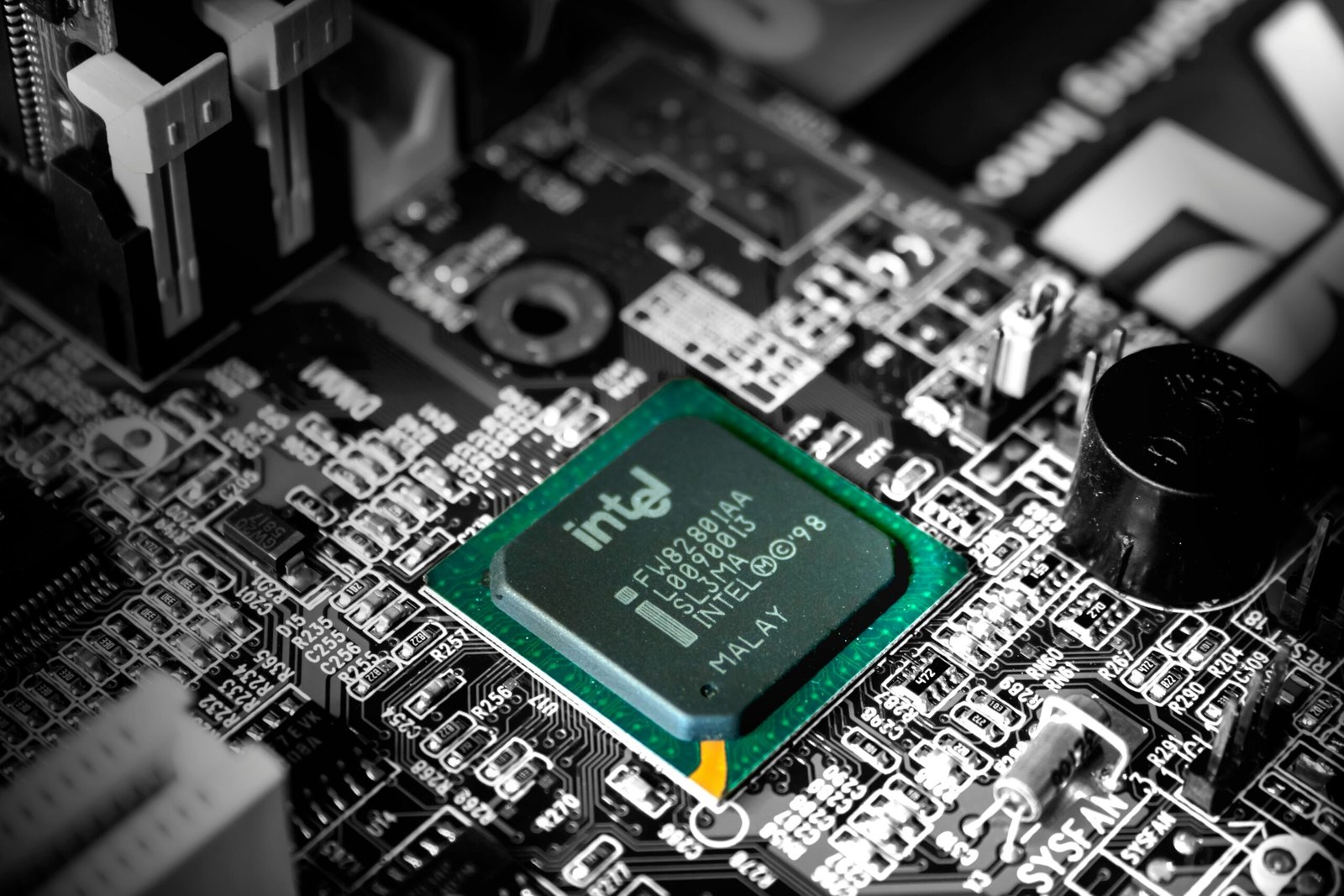Introduction
In the realm of software development, choosing the right architecture for an application is a critical decision that can influence its long-term success and maintainability. Two popular architectural styles stand out: microservices and monolithic architectures. Each of these has its unique characteristics, advantages, and challenges, and understanding them is paramount for developers. Microservices architecture breaks down applications into small, independent services that can be deployed and scaled individually, enabling greater flexibility and speed in development. On the other hand, a monolithic architecture consolidates all components of an application into a single codebase, simplifying initial development and deployment.
However, developers often encounter challenges when trying to select between microservices and monolithic architectures. The growing complexity of applications, evolving user requirements, and the need for rapid deployment can create a dilemma. Microservices can introduce overhead with service management and inter-service communication, while monolithic architectures may become rigid and difficult to scale as applications grow. Consequently, each architecture has its strengths and weaknesses, influencing developers’ choices based on specific project needs and resource availability.
This article aims to equip readers with a comprehensive understanding of these two architectural approaches. It will delve into the strengths and weaknesses of microservices and monolithic architectures, providing nuanced insights into when each approach may be most suitable. Readers can also expect to encounter real-world examples that illustrate the choice between the two architectures and best practices that can aid in making an informed decision tailored to their application’s unique requirements. By exploring these considerations, developers can better navigate the complex landscape of software architecture and enhance their applications’ architecture choices.
Understanding Monolithic Architecture
Monolithic architecture is a software design approach where an application is developed as a single, unified codebase. This means that all the application’s functions, including user interfaces, business logic, and data access, are packaged together into one executable. This structure presents both distinct advantages and challenges for developers and organizations. One of the primary benefits of a monolithic approach is its simplicity. With a single codebase, developers can more easily understand the overall application and its interactions. This streamlined architecture often results in faster development cycles since changes made in one part of the application instantly propagate throughout the codebase.
Moreover, debugging in a monolithic architecture tends to be less complicated. Developers can quickly locate and address issues without having to navigate complex interdependencies typically found in microservices architectures. This improved debugging capacity can lead to reduced downtime and enhanced application reliability. Additionally, deploying monolithic applications is generally more straightforward, as it involves rolling out a single update rather than coordinating changes across multiple services.
However, despite these advantages, monolithic architecture is not without its drawbacks. One significant limitation is scalability, particularly for large applications. As the app grows, the codebase can become cumbersome, making it challenging to manage and maintain. A single codebase often leads to a situation known as the “big ball of mud,” where the application’s structure becomes entangled, complicating changes and making updates riskier. Furthermore, the monolithic style can restrict technological flexibility because all parts of the application must be built with the same technology stack. Case studies, such as the experience of e-commerce businesses during peak seasons, illustrate these scaling challenges. Companies that relied heavily on monolithic structures often struggled to meet increased demand, leading to performance bottlenecks. Thus, while monolithic architecture does offer simplicity and easier debugging, its scalability limitations can pose significant hurdles for larger applications.
Exploring Microservices Architecture
Microservices architecture refers to a software development approach that structures an application as a collection of loosely coupled, independently deployable services. Each of these services represents a specific business capability and communicates with one another through well-defined APIs (Application Programming Interfaces). This organizational model supports the development of large-scale applications by enabling teams to work on individual components independently, which promotes agility and speeds up the overall delivery of new features.
One of the most significant advantages of adopting microservices architecture is scalability. Organizations can scale individual services based on demand, rather than being restricted by the limitations of a monolithic architecture. This ability to scale services independently allows developers to allocate resources more efficiently, maintain performance under varying loads, and optimize costs. Additionally, the flexibility in technology stack choices is another key benefit of microservices. Different services can be developed using different programming languages and frameworks, empowering teams to select the best tools for their specific tasks, leading to increased innovation and enhanced performance.
Resilience is yet another hallmark of microservices architecture. In a microservices environment, if one service fails, it does not necessarily cripple the entire application, as it might in a monolithic system. This modularity allows for greater fault isolation and system reliability, which is crucial for maintaining user experience in high-availability applications. However, transitioning to microservices does come with challenges. The increased complexity of orchestrating multiple services can lead to higher operational burdens, necessitating robust management solutions to monitor and coordinate interactions.
Real-world examples illustrate how organizations leverage microservices successfully. Companies like Netflix and Amazon have thrived by implementing microservices, enabling them to roll out new features rapidly, manage vast amounts of traffic, and continuously enhance their service offerings. Research has shown that organizations that adopt microservices can achieve up to 30% faster deployment times compared to those using traditional monoliths, further underscoring the tangible benefits of this architectural style.
Making the Right Choice: Monolith vs. Microservices
Choosing the right architecture for your application involves a careful evaluation of several factors, including team size, project scale, and the potential for future growth. The decision between monolithic and microservices architectures should be made based on the specific needs of your app, keeping in mind the implications of each model.
A monolith, or a single unified codebase, often proves beneficial for smaller teams working on projects with limited scope. Such architecture can simplify development processes, making it easier to maintain and deploy. However, as the project expands, the complexity of a monolithic application can lead to difficulties in scaling and introducing new features. Therefore, for projects anticipated to grow significantly, developers may want to consider microservices architecture. Microservices allow for the decomposition of an application into smaller, independent services, making it easier to scale and manage individual components.
To assist in this evaluation, consider a comparison chart outlining the pros and cons of both architectures:
Monolith Pros:
– Simplicity in deployment.
– Easier to manage for small teams.
– Less complexity in codebase.
Monolith Cons:
– Can become unwieldy as the application grows.
– Difficult to adopt new technologies.
– A single point of failure.
Microservices Pros:
– Scalability of individual services.
– Flexibility in choosing technology stacks.
– Improved fault isolation.
Microservices Cons:
– Increased operational complexity.
– More challenging deployment processes.
– May require a larger, more skilled team to manage.
Ultimately, the choice between monolithic and microservices architecture should align with both current project requirements and future aspirations. As organizations evolve, so too can their architectural choices, making flexibility a crucial consideration in the development process.




